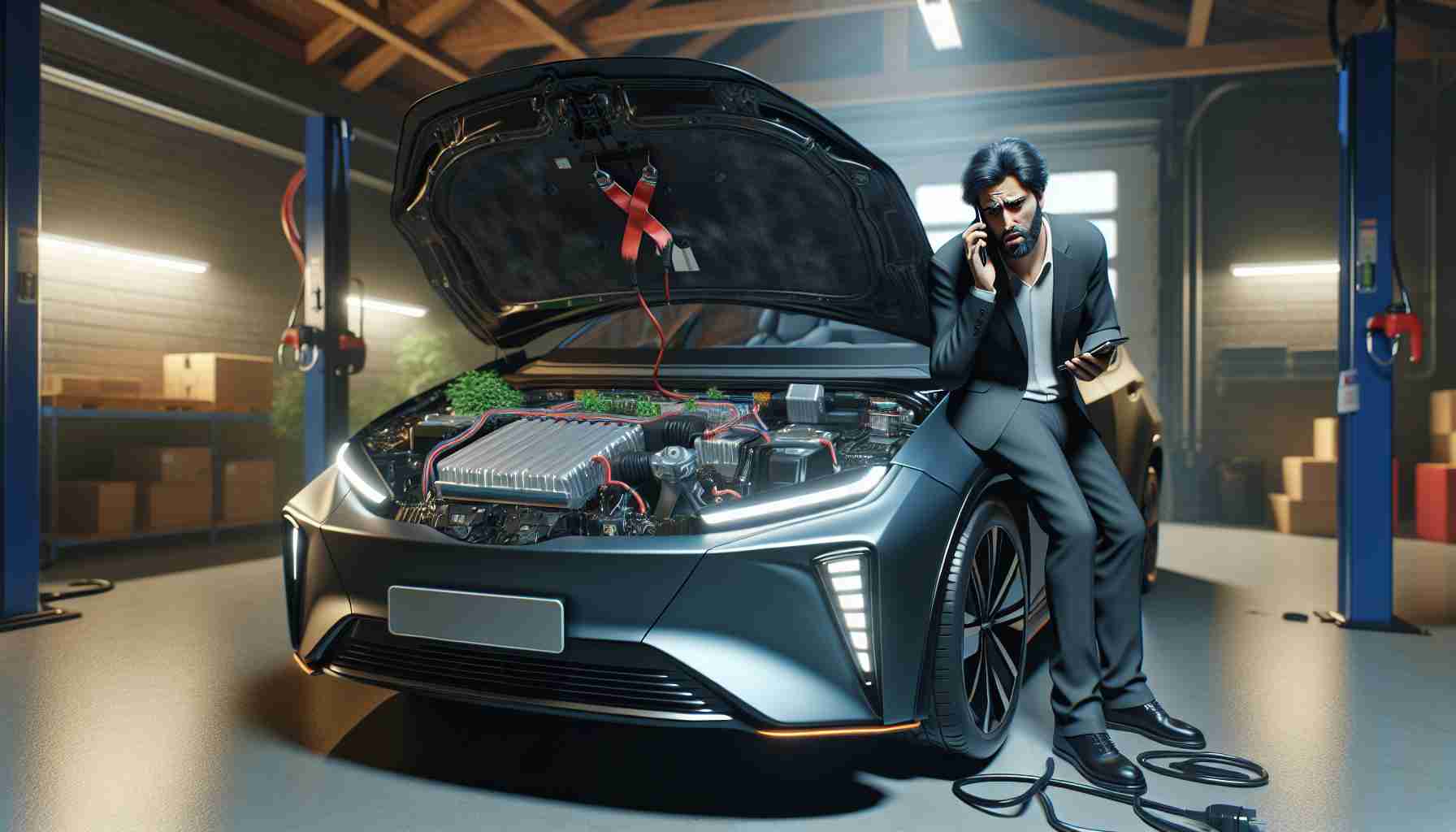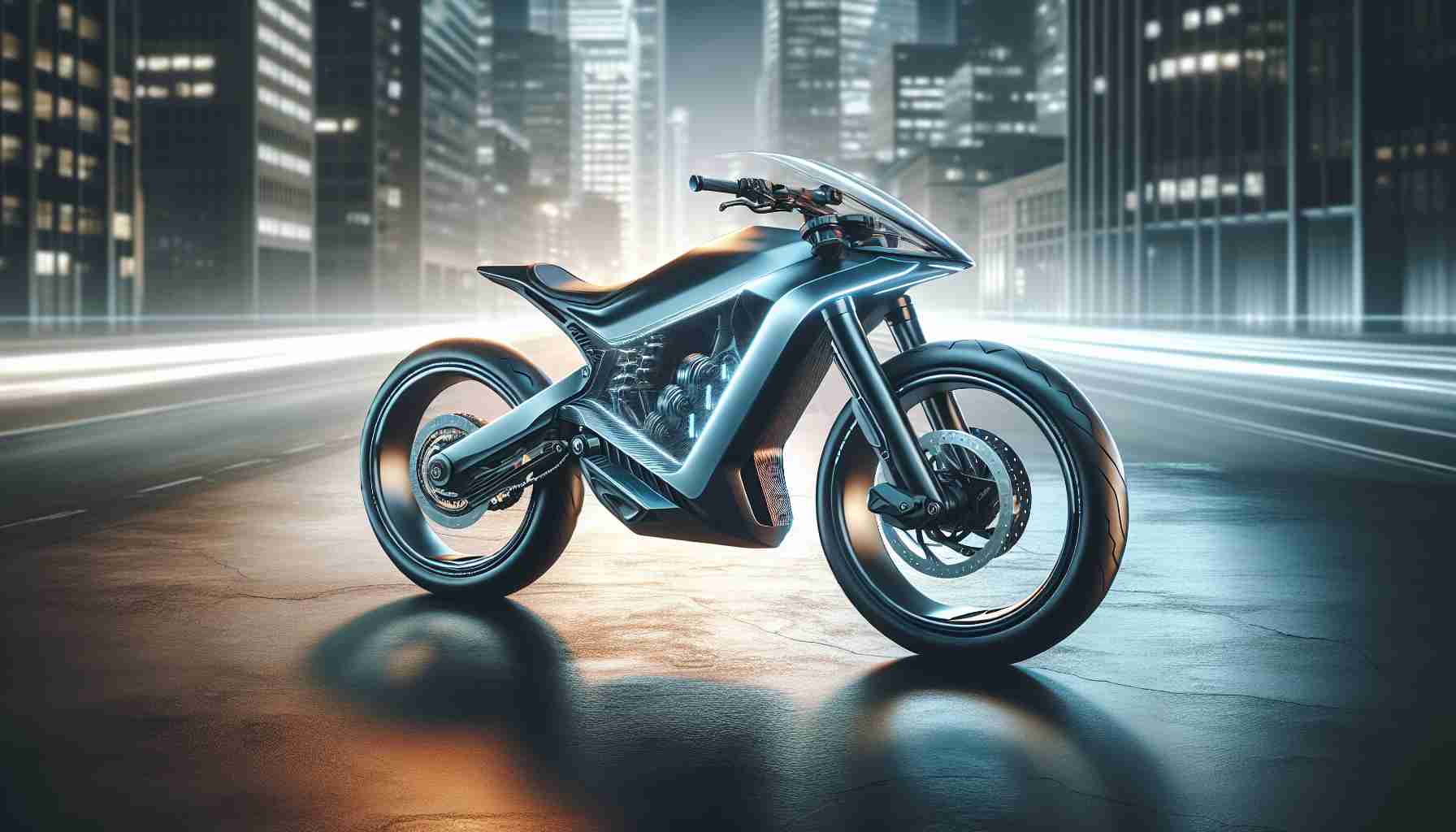Battery Issues Surface for Nexon EV Max Driver
Recently, a user from the BHPian community shared a troubling experience with their Nexon EV Max 2.0, which they have owned for about a year and a half while driving approximately 10,000 kilometers. The owner primarily relies on a 3.3kW charger and has only resorted to fast-charging a few times.
In a concerning incident while driving at a low battery level, the driver observed a rapid decline in charge—from 10% to just 3%—within a few kilometers while searching for a fast charger late at night. They managed to fast-charge the vehicle to 25% before completing their journey home. After recharging fully to 100%, they drove another 150-180 kilometers without any apparent issues.
However, during a routine service that included a software update, the situation escalated. The driver experienced a drastic battery drop from 21% to 3% within a short distance, prompting the service center to take the car back for further investigation. Upon conducting a series of battery tests and charge cycles, the service team confirmed the unfortunate news—the battery needed replacement.
The driver expressed confusion over the battery’s premature failure, noting their consistent charging habits. They turned to the community for advice on potential causes for the issue and how to maintain their vehicle’s performance in the future.
Understanding the Broader Impact of EV Battery Challenges
The experience of the Nexon EV Max driver raises critical questions not only about individual ownership experiences but also about the broader implications for society’s transition to electric vehicles (EVs). As EV adoption increases, battery reliability becomes a pivotal factor in consumer confidence and, by extension, the overall shift towards sustainable transport.
In terms of the global economy, the demand for EVs can dramatically affect oil markets and energy policies. A greater reliance on electric mobility could challenge traditional automotive economies, leading to possible job shifts and disruptions in oil-dependent regions. Moreover, as EV technologies mature, sectors such as battery production and recycling could become significant economic players, potentially creating thousands of jobs within green technologies.
Environmental consequences also warrant attention. Batteries, particularly lithium-ion varieties, pose recycling challenges and environmental hazards if improperly disposed of. The rise in EV popularity amplifies these concerns, emphasizing the need for robust recycling programs. A failure to address these issues could overshadow the climate benefits of transitioning to electric vehicles, as the lifecycle impacts of batteries continue to surface.
As we look ahead, future trends may include advancements in battery technology, such as solid-state batteries, which promise enhanced safety and performance. Understanding and addressing current shortcomings will be crucial in ensuring the long-term viability and acceptance of EVs, making it essential for manufacturers, service providers, and consumers alike to collaborate for a sustainable automotive future.
Battery Troubles: Nexon EV Max Owners Share Their Experiences
Introduction
Electric vehicles (EVs) have gained substantial popularity as societies shift towards more sustainable transportation options. However, the recent experiences of a Nexon EV Max owner raise questions about battery performance and reliability. This article delves into the implications of battery issues in electric cars, particularly focusing on the Nexon EV Max, while exploring broader industry trends, insights, and maintenance strategies.
Overview of Battery Performance in EVs
Battery performance is crucial for the usability of electric vehicles, as it directly impacts range, charging habits, and overall driver experience. Common battery-related issues include unexpected charge depletion, irregular software updates, and natural wear and tear from continuous use.
User Experiences with Nexon EV Max
In a notable incident shared by a user from the BHPian community, an owner recounted troubling battery performance issues with their Nexon EV Max. After approximately 10,000 kilometers of driving, they experienced severe charge fluctuations—especially alarming was a drop from 10% to 3% while searching desperately for a charging station.
Key Takeaways from the Incident:
1. Charging Habits: The owner primarily used a 3.3kW charger, indicating that charging frequency and style play a pivotal role in battery life.
2. Rapid Charge Depletion: Sudden drops in battery percentage can signal underlying technical issues that may require professional attention.
3. Reliance on Service Updates: Routine check-ups, including software updates, may inadvertently interfere with battery performance.
Causes of Battery Issues
Owners experiencing similar issues often reflect on several factors that might contribute to battery degradation:
– Charging Infrastructure: Limited access to fast chargers can lead EV owners to frequently rely on slower charging methods, which may prolong charge cycles but impact battery longevity.
– Software Errors: System malfunctions or outdated software can result in erroneous battery readings and inefficient charging.
– Temperature Effects: Extreme heat or cold can adversely affect battery performance, causing irregular charge behavior.
Maintenance Tips for EV Owners
1. Regular Software Updates: Ensure that the vehicle’s software is up-to-date to mitigate potential performance issues and enhance battery management.
2. Utilize Batteries Wisely: Try to avoid letting battery levels drop too low; keeping the charge between 20-80% is a good practice.
3. Periodic Inspections: Engage in regular maintenance checks that include battery diagnostics to catch issues early.
Pros and Cons of the Nexon EV Max
Pros:
– Eco-friendly and cost-efficient compared to fuel-powered vehicles.
– Compact design suitable for urban use.
– Features a user-friendly interface for tracking battery status.
Cons:
– Recent reports indicate potential battery reliability concerns.
– High temperature sensitivity may limit performance in certain climates.
– Limited fast-charging options in many areas.
Future of EV Battery Technology
As technology advances, developments in battery technology and management systems continue to evolve. Key trends to watch in the coming years include:
– Solid-State Batteries: These promise higher energy density and improved safety over conventional lithium-ion batteries.
– Battery Recycling Initiatives: As the number of EVs increases, recycling methods are being innovated to reclaim valuable materials from old batteries.
– Enhanced Charging Solutions: The introduction of ultra-fast chargers and better infrastructure can transform the EV charging landscape.
Conclusion
While battery issues in electric vehicles can be concerning, they are part of the ongoing learning process within the industry. Vehicle owners must stay informed and proactive about maintenance to ensure the reliability and longevity of their electric cars. Learning from experiences, like that of the Nexon EV Max driver, can help foster a community committed to enhancing the overall EV ownership experience.
For more insights on electric vehicles and their technologies, visit Autocar India.











